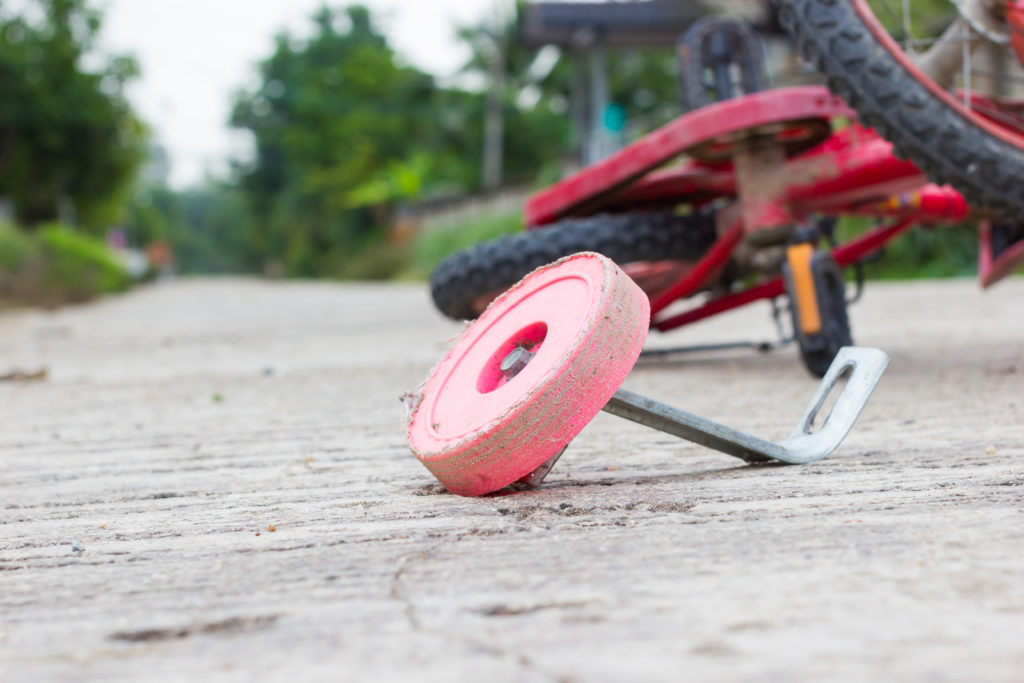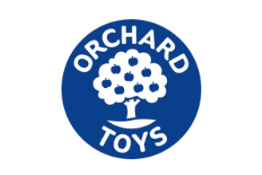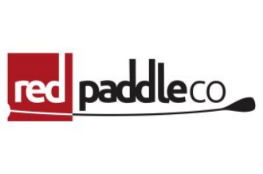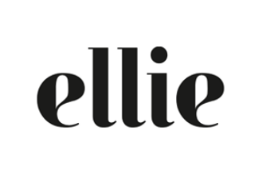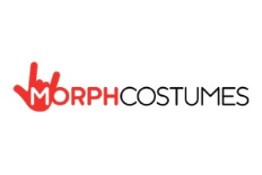The toy sector understandably has some of the most stringent product safety legislation of any sector, and infiltration by substandard fakes and copies can be devastating for businesses and consumers alike.
The Problem of Counterfeiting
Counterfeiting is a global problem which threatens all types of consumer products from the luxury sector to fake fidget spinners. Estimates of the volume vary up to 3.3% of all global commerce being fake goods (OECD). The issue isn’t new, what is new, is the increasing impact of online marketplaces, with the COVID-19 pandemic of 2020/2021 adding 45% to the already enormous growth in ecommerce compared to bricks and mortar shopping.
The trend for buying items unseen, whilst convenient for customers and the businesses that can adapt, makes establishing product authenticity prior to purchase much more difficult. What’s more, unlike physical stores, online suspect sellers can hide in plain sight, using legitimate platforms to lend authenticity to counterfeits in the eyes of unsuspecting consumers.
Counterfeiting doesn’t just impact the consumer. It can also cause reputational damage to brands, and of course represents potential lost income revenue for legitimate businesses who have often already invested large sums into product compliance and safety. Large companies typically benefit from expert brand protection, while small business owners can often lack the resources and know-how to defend their intellectual property. As a result, SMEs manufacturing and selling online can find themselves struggling to combat fakes.
The Toy Industry
The toy sector is a huge industry generating over US$95bn worldwide. The industry is dominated by large players such as Hasbro, Lego and Mattel, but the majority of businesses in the toy industry today are small to medium-sized enterprises. Of the 5,000 European toy companies 99% are SMEs, creating over 200,000 direct and indirect jobs – and sadly bearing the brunt of counterfeiting activities according to worldwide stats. According to the British Toy and Hobby Association (BTHA), buyers complete 37% of all toy purchases online. Given over half of consumers believe everything online is safety-checked, this leaves them very vulnerable to scams and unsafe products.
The Importance of Safety
Product safety is the number one priority in the toy industry, with all brands required by law to ensure goods reach or exceed the high standards set out by EU & UK regulations. For many, this requires a heavy investment of time and money in preliminary research and testing. While this may seem like overkill, particularly for small brands strapped for cash, there are many hidden dangers associated with poor quality toys, including: small, sharp and poorly fixed parts which fall off and become choking hazards; toxic low-quality paints and glues; and poor electrical wiring leading to electric shocks – to name just a few.
Counterfeiting in the Toy Industry
In 2017, the European Commission reported seizure of approximately 3.5 million fake toys at EU borders, equating to a value of over €21 million. Despite such efforts, the industry is still estimated to lose €1.4 billion each year, purely from counterfeits which slip through the net 3.
Fakes might not seem like such a big problem when buying a designer knockoff at the local market, although many people do not understand the link between counterfeiting and organised crime. However, when it comes to toys, which parents are relying on for quality, reliability and safety, it’s clear the issue becomes far more personal – and pressing. Who hasn’t, after all, read about the heart-stopping cases of near-fatal scenarios involving fake toys that should never have got into the hands of children? The British Toy ands Hobby Association has a long running campaign advocating for toy safety, after finding in 2019 that 58% of toys selected for assessment were non-compliant with UK toy safety regulations (and 22% demonstrating serious safety issues), calling for government action to ensure that hazardous toys are proactively identified and removed from the market.
So, what can you do?
There are several simple and straightforward measures that brands can take to protect themselves from becoming the target of counterfeiters:
- Monitor e-commerce sites diligently in languages other than English and certainly in Chinese. Look frequently and often for your trademarks, misspellings of your trademark and product descriptions, and straplines.
- Know your distribution chain and resellers. If you lose sight of who is selling what where, it’s easier for the fakers to go unnoticed.
- Report infringing items and sellers for removal. Most online marketplaces have procedures in place to report cases of infringement. It’s a relatively simple process and with proof of originality the offending link should be removed. [If you’re stuck, ask us for help!].
- If you find fakes buy a sample and get to know it intimately. Find the differences between genuine and fake, and share this information with your trusted distribution chain. Better the devil you know…
- Register products with the EUIPO Enforcement Database, a free service that helps to prevent the movement of infringing goods throughout Europe.
- When creating products, wherever possible, build in quirks, which just ‘happen to be part of the manufacturing brief’. Ensure it is something a counterfeiter will most likely to miss when copying.
- Finally, be honest. If counterfeiters target your brand, encourage purchases from genuine sources and highlight dangerous issues with fakes. Doing so is the best way to keep your consumers – and your brand – safe.
SnapDragon can help to protect your brand from counterfeits. Sign up for a Free Trial of our Swoop self service software now, to find out how many fakes are already out there.

